What’s Driving the Maritime Reconnaissance and Surveillance Technology Market in 2025?
Published: 2025-09-10
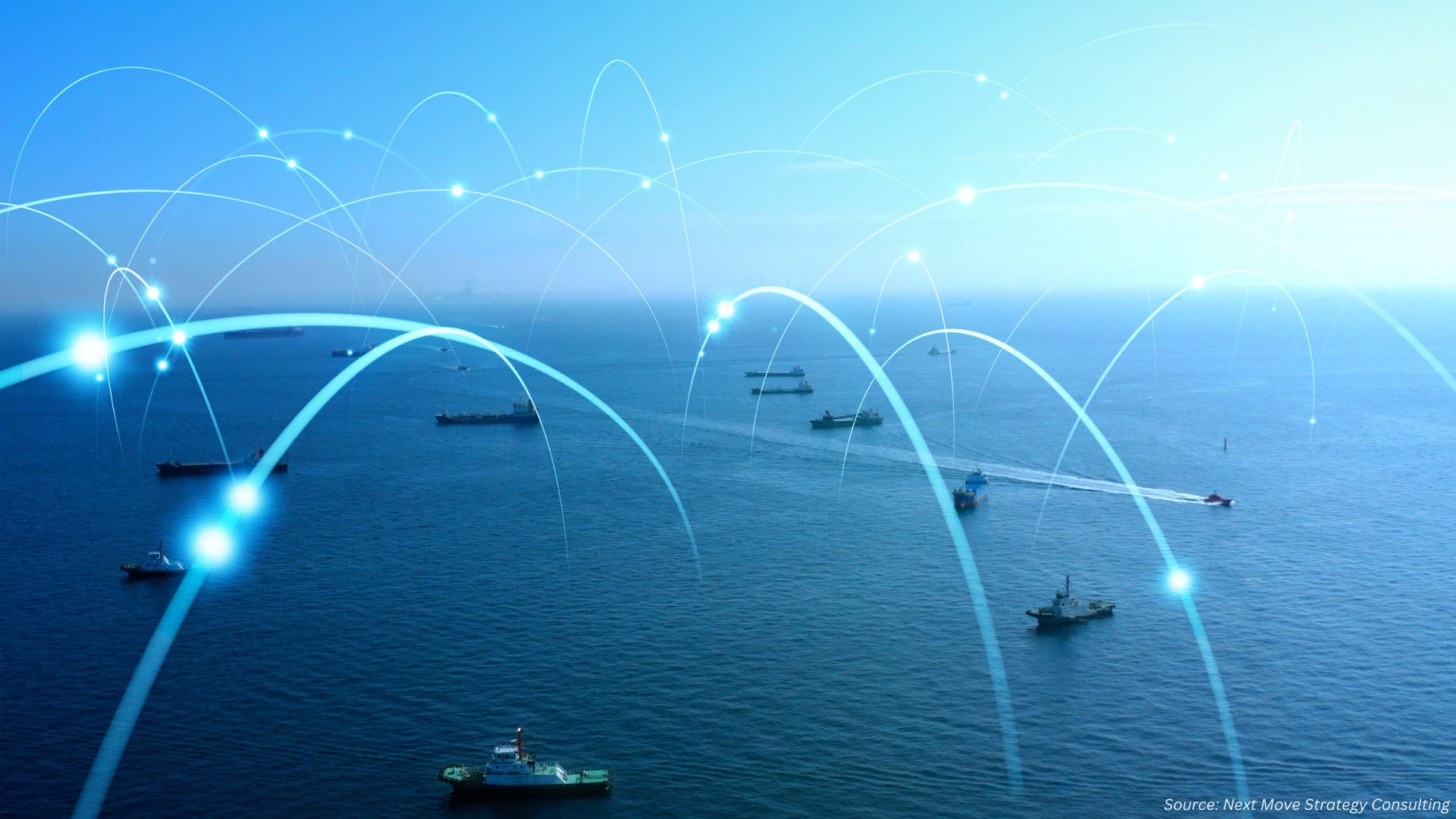
The worldwide Maritime Reconnaissance And Surveillance Technology Market is experiencing significant growth in 2025, fueled by rising global security concerns, technological advancements, and increasing investments in maritime infrastructure.
But what exactly is propelling this market forward, and what opportunities lie ahead? This blog dives into the key market drivers and opportunities shaping this dynamic industry, offering insights for stakeholders looking to navigate its waters.
Why Is Maritime Surveillance Gaining Traction?
Maritime reconnaissance and surveillance technologies, encompassing radar systems, satellites, drones, and Automatic Identification Systems (AIS), are critical for monitoring vast oceanic expanses. These systems ensure national security, environmental protection, and efficient trade operations. The market is projected to reach $48.93 billion by 2030, growing at a compound annual growth rate (CAGR) of 5.5%.
So, what’s behind this surge?
Rising Geopolitical Tensions and Security Threats
Geopolitical tensions and illegal maritime activities are major catalysts. Nations with extensive coastlines, such as the United States, India, and Australia, are ramping up investments to counter threats like piracy, smuggling, and illegal immigration.
-
Increased Investments in Coastal Security: The Indian Coast Guard, for instance, plans to deploy 55-60 surface vessels and 10-12 aircraft daily by 2025-2026, showcasing significant investment in maritime security.
-
U.S. Coast Guard Operations: The U.S. Coast Guard conducts search and rescue operations, helping mariners in distress, with over 3,500 lives, saving property worth more than $75 million, highlighting the critical role of advanced surveillance technologies.
-
Global Piracy Concerns: According to the International Maritime Bureau, piracy incidents rose by 10% in Southeast Asia in 2024, prompting nations to enhance surveillance capabilities.
Geopolitical instability and maritime threats are driving nations to bolster surveillance systems, ensuring robust national security and trade protection.
Technological Advancements Fueling Innovation
Advancements in artificial intelligence (AI), satellite imaging, and unmanned systems are transforming maritime surveillance, enabling real-time monitoring and enhanced operational efficiency.
-
AI-Powered Surveillance: Lockheed Martin announced an AI-powered Synthetic Aperture Radar (SAR) system in 2025, capable of automatically recognizing, detecting, and tracking targets with high accuracy.
-
Satellite-Based Monitoring: In January 2024, PierSight raised $6 million to develop a satellite constellation equipped with SAR and AIS for continuous maritime surveillance.
-
Unmanned Aerial Systems (UAS): General Atomics’ MQ-9B SeaGuardian, a long-endurance unmanned aerial system, enhances capabilities in anti-submarine warfare and signal intelligence.
Innovations in AI, satellites, and unmanned systems are expanding the capabilities of maritime surveillance, offering scalable and efficient solutions.
What Are the Key Market Opportunities?
The maritime reconnaissance and surveillance technology market presents several growth opportunities, particularly in satellite-based systems, smart sensor integration, and government-led initiatives.
Satellite-Based Surveillance: A Game Changer?
Satellite technology is revolutionizing offshore monitoring by providing comprehensive coverage of remote maritime regions.
-
Private Sector Investment: Companies like PierSight are leveraging satellite constellations to enhance real-time tracking, supported by $6 million in seed funding in 2024.
-
Government Adoption: The U.S. Navy’s 2024 request is $255.8 billion, marking a 4.5% increase (or $11.1 billion) over the FY 2023 enacted budget. This request aligns with U.S. strategic priorities and supports readiness, modernization, and future naval capabilities. Detailed budget breakdowns are available through linked official documents.
Satellite-based surveillance offers unparalleled opportunities for monitoring vast maritime areas, driven by both private and public sector investments.
Smart Sensor Integration: The Next Frontier?
Smart sensors, integrated with AI and Internet of Things (IoT) technologies, are opening new applications in maritime surveillance, from environmental monitoring to vessel tracking.
-
Key Players: Companies like Thales is developing smart sensor platforms for enhanced maritime awareness. Enhancing coastal surveillance with a system capable of detecting and analysing this complex environment and the abnormal behaviours that can become threats is crucial. Thales stands out with its expertise in this field and its CoastShield offering.
-
Environmental Monitoring: Smart sensors are increasingly used to monitor oil spills and marine pollution, aligning with global sustainability goals.
Smart sensor integration is creating innovative applications, enhancing both security and environmental monitoring capabilities.
Government and Naval Modernization Programs
Governments worldwide are prioritizing naval modernization and coastal security, creating significant demand for advanced surveillance technologies. This trend is fueled by rising maritime security threats, geopolitical tensions, and the need to protect critical infrastructure and trade routes.
What Challenges Could Hinder Growth?
Despite the opportunities, the maritime surveillance market faces challenges, including high initial investment costs and maintenance complexities.
Hinderance in Maritime Surveillance
-
Environmental & Technical Limitations: Monitoring vast maritime regions is complicated by sea surface variability (waves, currents, wakes), adverse weather (precipitation, clouds), and low visibility (night, fog).
-
Traffic & Vessel Diversity: High traffic density and varied vessel sizes/types increase detection complexity.
-
AI Application Needs: To detect irregularities, AI systems must first model and understand what constitutes “normal” maritime activity.
AI Integration Challenges in Maritime Domain
-
Cybersecurity Risks: While AI can defend against cyber threats, it also opens doors to new ones like automated attacks and data poisoning.
-
Ethical & Regulatory Dilemmas: Unsupervised AI decision-making (e.g., in navigation) complicates accountability in case of errors.
-
Operator Complacency: Heavy reliance on automation may reduce human alertness during system failures or unexpected conditions.
-
Operational Limitations: AI systems may falter in extreme weather or complex oceanic environments, requiring improved sensors and algorithms.
-
India’s Response: The Indian Navy is actively training personnel in AI/ML and emphasizing domestic R&D and international collaboration to build resilience.
Key Maritime Threats Highlighted by Airbus
-
Human Trafficking: Migrants risk lives on unsafe vessels; often results in deadly accidents.
-
Drug Trafficking: Cartels use fast boats, cargo ships, and subs to avoid detection; narcotics vary in patterns and complexity.
-
Illegal Fishing: IUU fishing threatens ecosystems, livelihoods, and is hard to monitor due to vast areas and evasion tactics.
-
Piracy & Sea Robbery: Threatens seafarers and trade, with incidents ranging from hijackings to armed robbery.
-
Arms Smuggling: Fuels regional conflicts; involves covert operations and complicates detection.
-
Maritime Terrorism: Includes attacks on ports, hijackings, and transporting militants; requires advanced surveillance and rapid response systems.
Maritime surveillance is increasingly complex, facing both traditional threats and modern technological challenges. While AI offers powerful solutions, its integration must be approached with robust cybersecurity, ethical safeguards, and skilled human oversight. A comprehensive strategy combining innovation, training, and international cooperation is essential to securing our seas in an evolving threat landscape.
Next Steps: How to Capitalize on Opportunities
To leverage the growing maritime reconnaissance and surveillance technology market, stakeholders can take the following actionable steps:
-
Invest in AI and Satellite Technologies: Prioritize partnerships with companies developing AI-powered and satellite-based solutions to enhance surveillance capabilities.
-
Collaborate with Governments: Engage in public-private partnerships to align with national security and modernization programs, securing funding and contracts.
-
Focus on Sustainability: Develop solutions for environmental monitoring to meet global sustainability goals and attract eco-conscious investors.
-
Stay Compliant: Ensure compliance with international regulations to streamline adoption and avoid legal hurdles.
About the Author
 Sneha Chakraborty is a seasoned SEO Executive and Content Writer with over 4 years of experience in the digital marketing space, bringing a strong command of online visibility strategies and a keen insight into the evolving digital landscape. She specializes in enhancing online visibility and user engagement through data-driven strategies and creative content solutions. Sneha is passionate about translating complex digital concepts into accessible content for a wide audience. Outside of work, she enjoys reading, sketching, and exploring the outdoors through nature photography.
Sneha Chakraborty is a seasoned SEO Executive and Content Writer with over 4 years of experience in the digital marketing space, bringing a strong command of online visibility strategies and a keen insight into the evolving digital landscape. She specializes in enhancing online visibility and user engagement through data-driven strategies and creative content solutions. Sneha is passionate about translating complex digital concepts into accessible content for a wide audience. Outside of work, she enjoys reading, sketching, and exploring the outdoors through nature photography.
About the Reviewer
 Sanyukta Deb is a seasoned Content Writer and Team Leader in Digital Marketing, known for her expertise in crafting online visibility strategies and navigating the dynamic digital landscape. With a flair for developing data-driven campaigns and producing compelling, audience-focused content, she helps brands elevate their presence and deepen user engagement. Beyond her professional endeavors, Sanyukta finds inspiration in creative projects and design pursuits.
Sanyukta Deb is a seasoned Content Writer and Team Leader in Digital Marketing, known for her expertise in crafting online visibility strategies and navigating the dynamic digital landscape. With a flair for developing data-driven campaigns and producing compelling, audience-focused content, she helps brands elevate their presence and deepen user engagement. Beyond her professional endeavors, Sanyukta finds inspiration in creative projects and design pursuits.
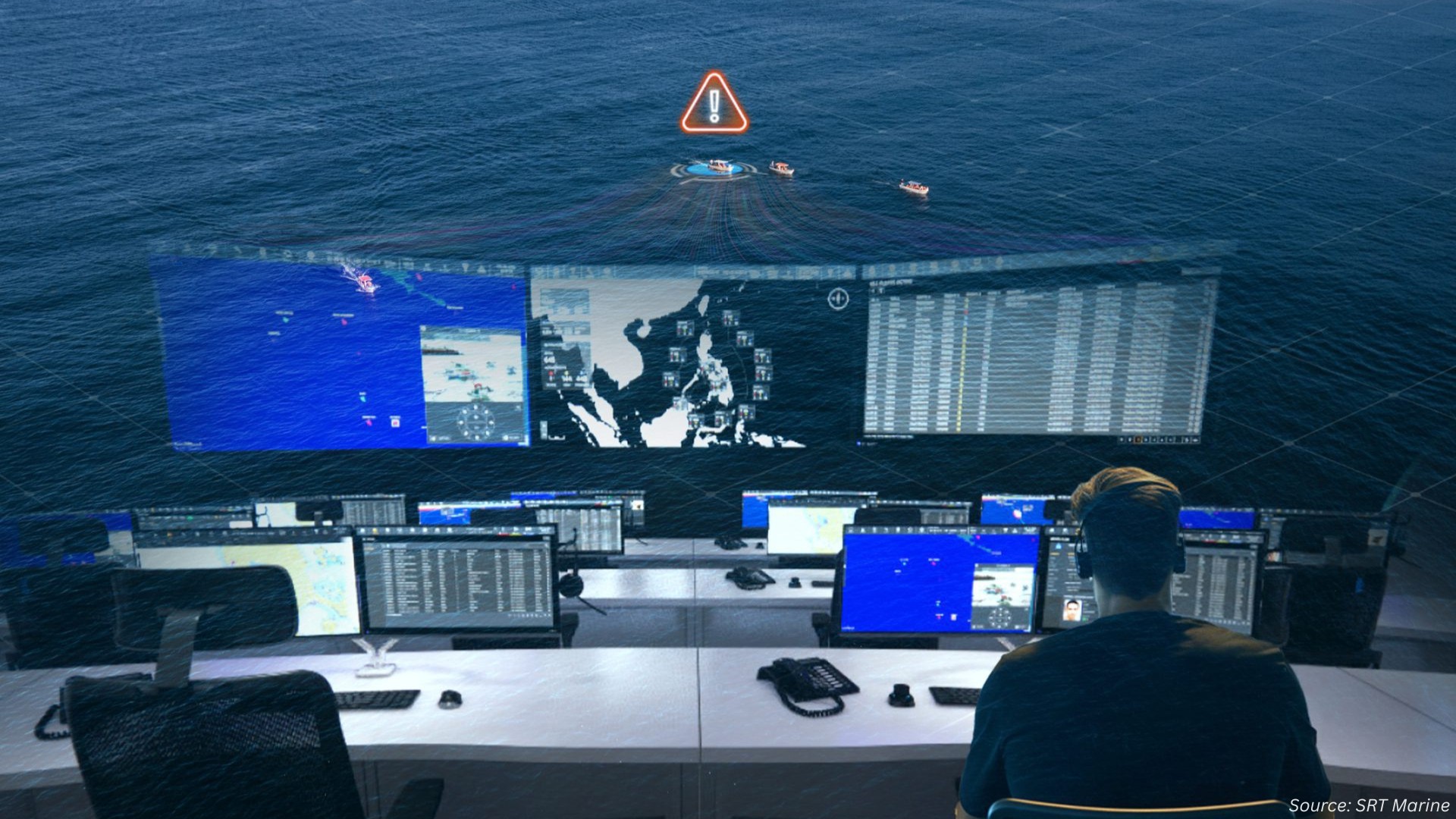
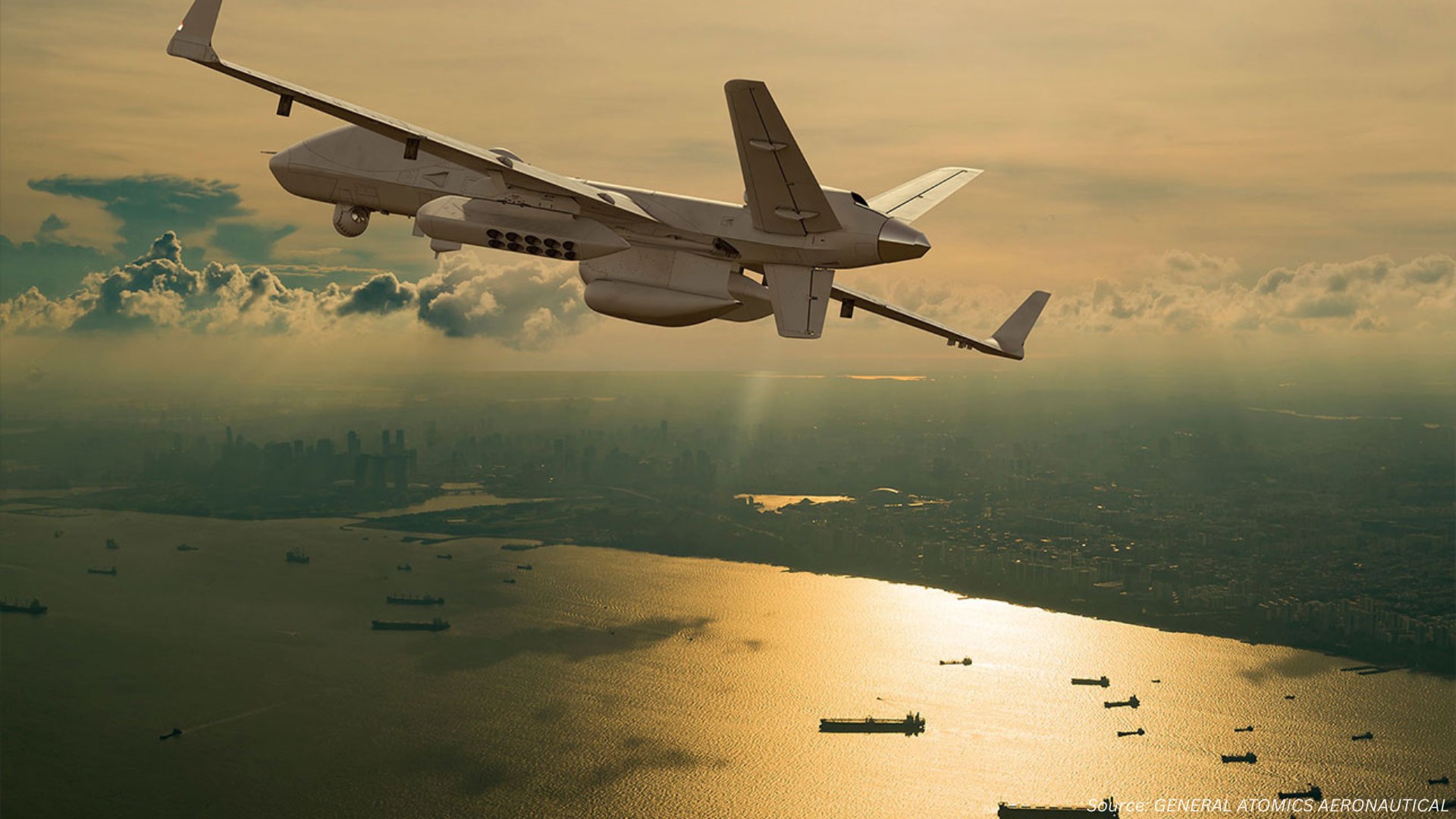
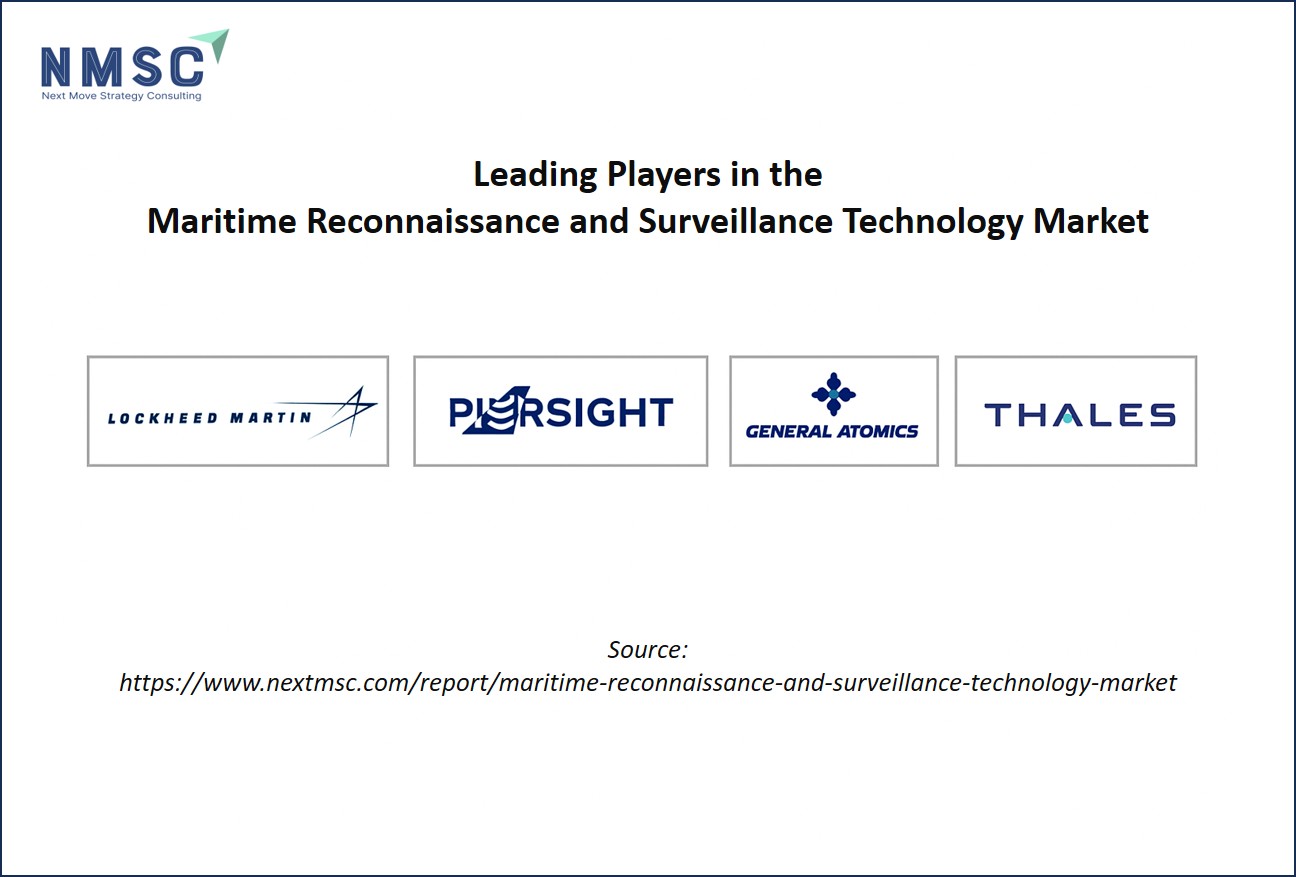










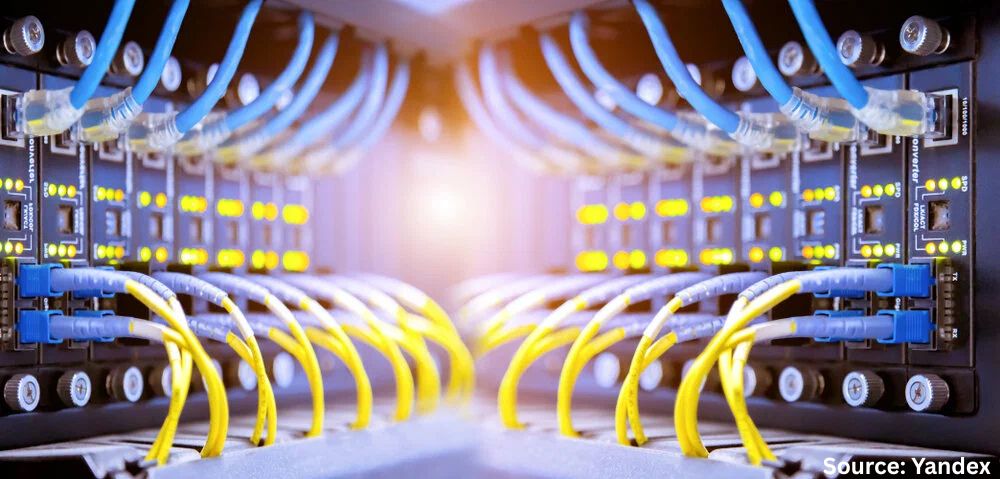





Add Comment